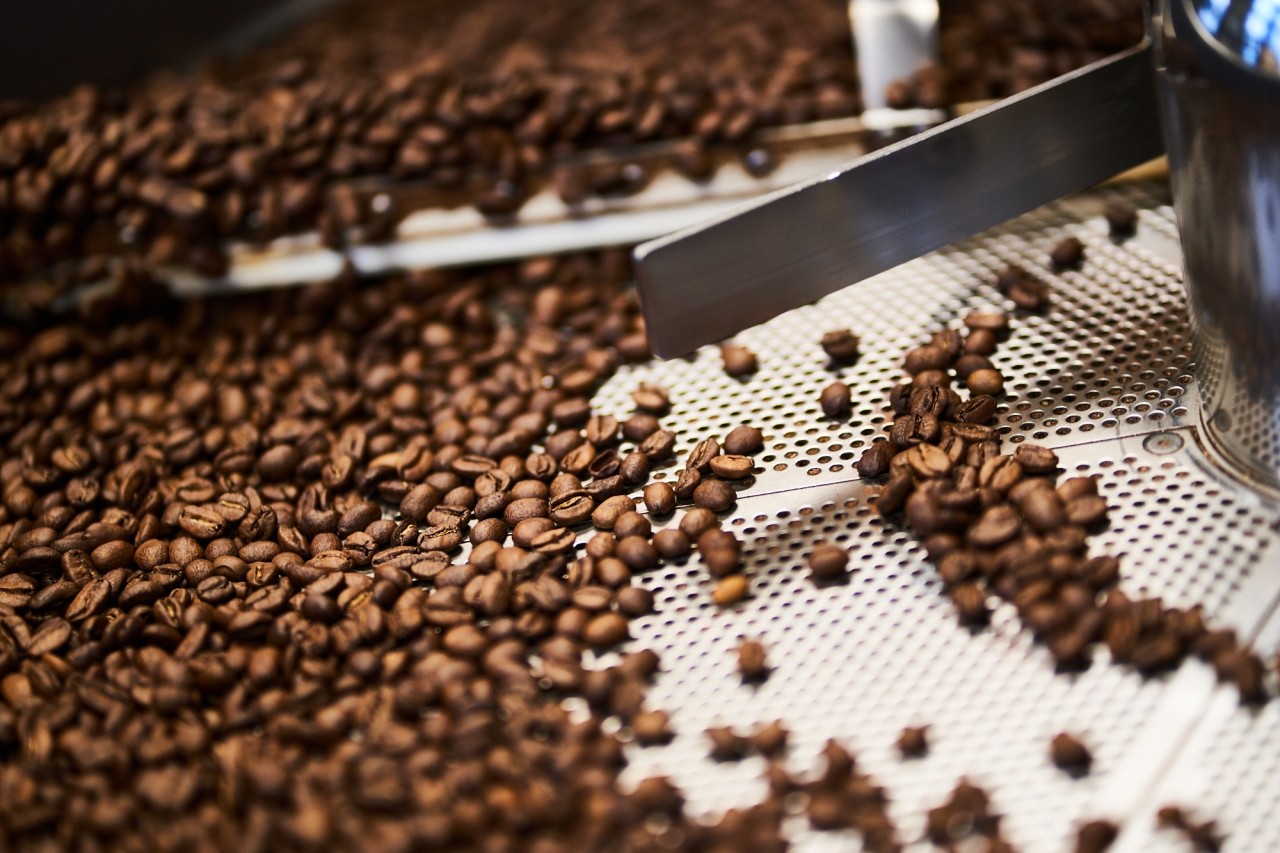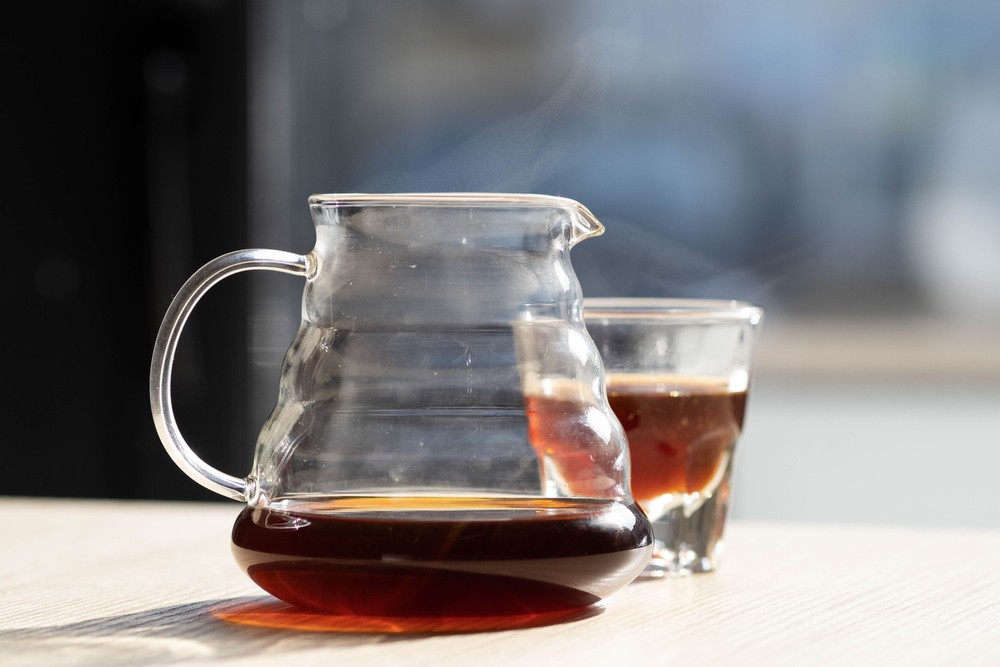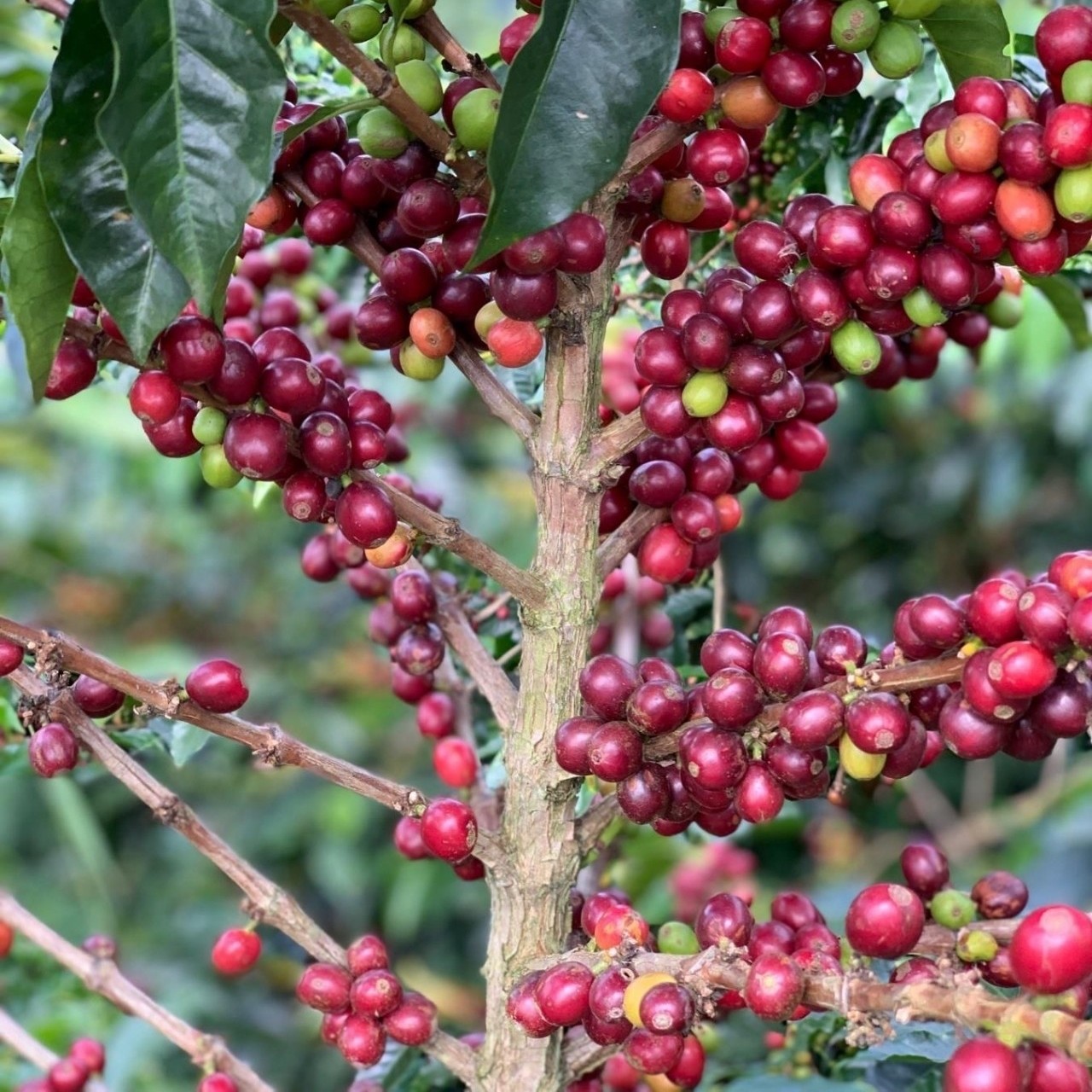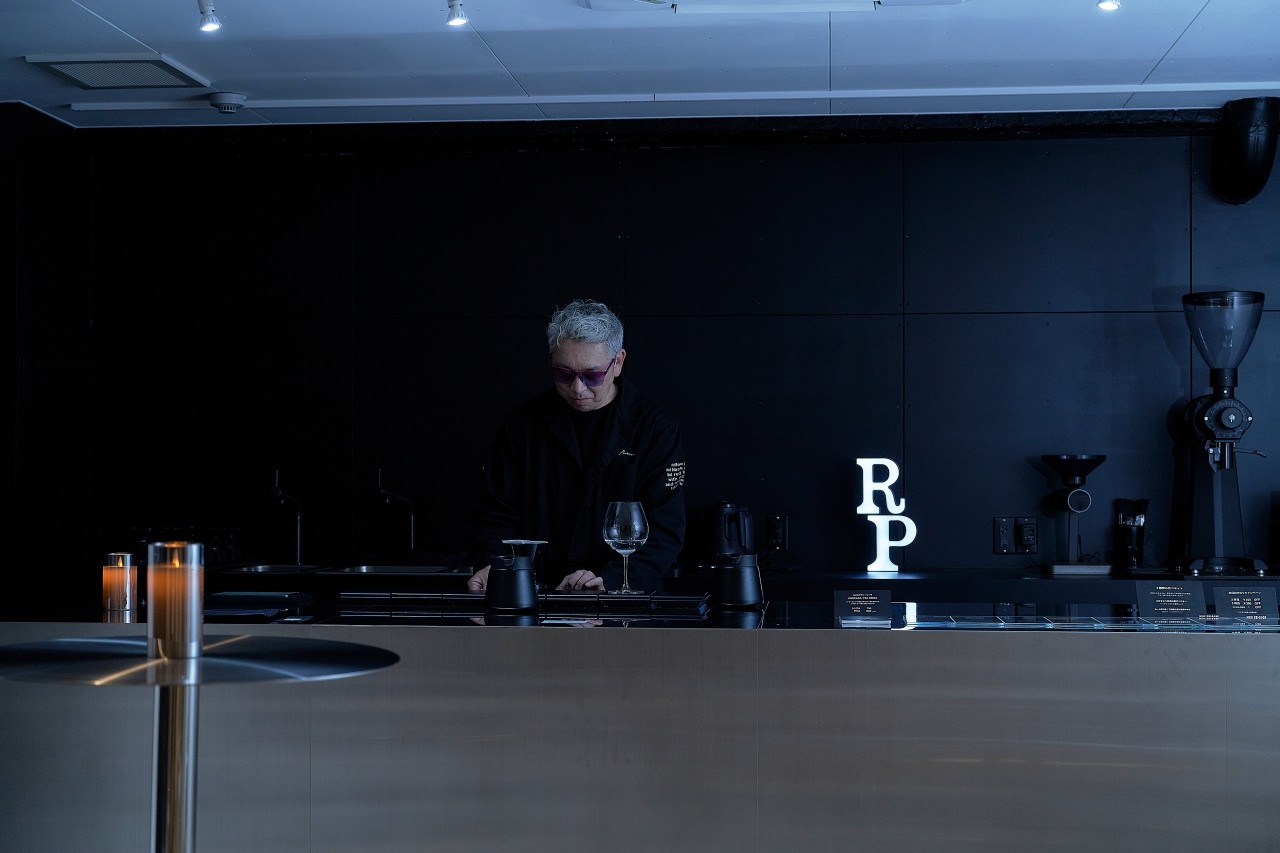It would be a waste not to enjoy the sour taste of coffee!

Balance of sourness and bitterness
Anyone who has ever drunk coffee knows that coffee has a bitter and sour taste. These tastes come from the ingredients in the coffee, and are the characteristic tastes of coffee.
It is no exaggeration to say that the balance between these two tastes determines the taste of coffee. Sweetness and various other flavors are intricately intertwined with each other to create a single cup of coffee.
Light roasts have a strong sour taste, while dark roasts have a weaker sour taste but more bitter.
Of course, even with a dark roast, the acidity is still present.
It is no exaggeration to say that the balance between these two tastes determines the taste of coffee. Sweetness and various other flavors are intricately intertwined with each other to create a single cup of coffee.
Light roasts have a strong sour taste, while dark roasts have a weaker sour taste but more bitter.
Of course, even with a dark roast, the acidity is still present.
Even coffee shops that specialize in dark roasts tout acidity as an important element.
One of the key points in roasting is how much of this flavor to leave, as stated by Daibo Katsuji, owner of Daibo Coffee Shop, a famous coffee roaster in Tokyo, in various places.
Fruity or unpleasantly sour?

One of the reasons for the acidity of coffee is that it comes from the coffee cherries. However, it does not necessarily come from the pulp that surrounds the coffee beans, which are the seeds.
However, there is definitely a term called fruity sourness, which is used as a description, and this sourness can be perceived as the flavor of citrus fruits such as orange, lemon, and lime, berries such as raspberry and strawberry, and fruits such as pineapple, pomegranate, and cherry.
However, there is definitely a term called fruity sourness, which is used as a description, and this sourness can be perceived as the flavor of citrus fruits such as orange, lemon, and lime, berries such as raspberry and strawberry, and fruits such as pineapple, pomegranate, and cherry.
(Incidentally, the SCAA flavor wheel also includes flavors that distinguish and express the sourness of acids such as acetic acid, butyric acid, citric acid, and malic acid.)
On the other hand, some people may associate sourness with unpleasant sourness. In fact, most of this sourness is due to two factors: the Manabu transformation of coffee after extraction (acidification) and the transformation of beans after roasting (oxidation of fats and oils). (Other factors include defective beans due to abnormal fermentation during the selection of coffee. See "Coffee's Manabu " by Yukihiro Tanbe.)
Freshness is key for coffee beans, which is why freshly ground and brewed coffee is said to taste the best. Since an unpleasant sour taste is a sign of deterioration in quality, this has been recommended as a way to prevent this.
Coffee that is reheated for hours after extraction is commonly seen in restaurants around town, and many people may not be able to shake the image of an unpleasant sour taste caused by acidification.
This sourness should be completely distinguished from the sourness that comes from the coffee bean as a fruit, and one could even say that it results from a quality control error that must be prevented.
Incidentally, acidification occurs faster than the air oxidation of fats and oils, and chlorogenic acid lactones and quinic acid lactones produced during roasting react with water and return to chlorogenic acid and quinic acid, becoming acidic. The higher the temperature, the more rapid this process becomes, so if you keep the coffee warm after extraction, the change will be noticeable within a few minutes, and even with roasted beans, if they come into contact with water, it will be noticeable within one or two days. It can be said that storing coffee beans in a humid place is a bad idea.
The oxidation (rancidity) of the fats and oils in roasted beans is a process that takes a surprisingly long time, and it is said that it takes about 7 to 8 weeks at room temperature for the difference to become noticeable.
On the other hand, some people may associate sourness with unpleasant sourness. In fact, most of this sourness is due to two factors: the Manabu transformation of coffee after extraction (acidification) and the transformation of beans after roasting (oxidation of fats and oils). (Other factors include defective beans due to abnormal fermentation during the selection of coffee. See "Coffee's Manabu " by Yukihiro Tanbe.)
Freshness is key for coffee beans, which is why freshly ground and brewed coffee is said to taste the best. Since an unpleasant sour taste is a sign of deterioration in quality, this has been recommended as a way to prevent this.
Coffee that is reheated for hours after extraction is commonly seen in restaurants around town, and many people may not be able to shake the image of an unpleasant sour taste caused by acidification.
This sourness should be completely distinguished from the sourness that comes from the coffee bean as a fruit, and one could even say that it results from a quality control error that must be prevented.
Incidentally, acidification occurs faster than the air oxidation of fats and oils, and chlorogenic acid lactones and quinic acid lactones produced during roasting react with water and return to chlorogenic acid and quinic acid, becoming acidic. The higher the temperature, the more rapid this process becomes, so if you keep the coffee warm after extraction, the change will be noticeable within a few minutes, and even with roasted beans, if they come into contact with water, it will be noticeable within one or two days. It can be said that storing coffee beans in a humid place is a bad idea.
The oxidation (rancidity) of the fats and oils in roasted beans is a process that takes a surprisingly long time, and it is said that it takes about 7 to 8 weeks at room temperature for the difference to become noticeable.
There's no reason not to enjoy the acidity of coffee

Acidity is a fundamental element of coffee flavor and is present in all coffee. Of course, the strength varies depending on the brand, and the flavor also differs depending on the roasting method.
However, a good level of acidity is a sign of high-quality coffee that has been properly managed, and being able to taste a variety of fruit flavors is one of the joys of coffee.
If you drink coffee, don't shy away from brands that have a strong acidity, which exists in all coffees, but rather actively enjoy them as one way to broaden your enjoyment of coffee.
This acidity plays an important role in making you think about coffee as a fruit, and it also opens your interest in the farms where it is grown and the people who grow it.
And of course, I would like you to remember the work of the roasters who decide how to control the acidity of the coffee beans through roasting and create the flavor.
However, a good level of acidity is a sign of high-quality coffee that has been properly managed, and being able to taste a variety of fruit flavors is one of the joys of coffee.
If you drink coffee, don't shy away from brands that have a strong acidity, which exists in all coffees, but rather actively enjoy them as one way to broaden your enjoyment of coffee.
This acidity plays an important role in making you think about coffee as a fruit, and it also opens your interest in the farms where it is grown and the people who grow it.
And of course, I would like you to remember the work of the roasters who decide how to control the acidity of the coffee beans through roasting and create the flavor.
Coffee with a juicy acidity
CROWD ROASTER focuses on the individuality of its roasters, and recommends the coffee "(CSLM) El Paraiso Farm Double Anaerobic Lime," which has a delicious acidity to it.
El Paraiso Farm is currently the most popular farm in Colombia. The coffee it produces is so popular that it is difficult to obtain, thanks to the ingenious selection and drying methods used to create a unique flavor that can only be tasted here.
This "Lime" lot is a coffee that will surprise you with its overflowing flavor, as if you were biting into a real lime. If you like citrus fruits, you should definitely try it. Also, I would be happy if even those who tend to shy away from citrus fruits can have this special experience.
Light roasts have lime, grapefruit, lemongrass, and bright, sharp acidity. Medium roasts have a slightly more subdued acidity and a strong sweetness. This coffee can be enjoyed in different ways depending on the degree of roasting, so be sure to ask your favorite roaster at CROWD ROASTER to roast it for you and enjoy the acidity of the coffee.
El Paraiso Farm is currently the most popular farm in Colombia. The coffee it produces is so popular that it is difficult to obtain, thanks to the ingenious selection and drying methods used to create a unique flavor that can only be tasted here.
This "Lime" lot is a coffee that will surprise you with its overflowing flavor, as if you were biting into a real lime. If you like citrus fruits, you should definitely try it. Also, I would be happy if even those who tend to shy away from citrus fruits can have this special experience.
Light roasts have lime, grapefruit, lemongrass, and bright, sharp acidity. Medium roasts have a slightly more subdued acidity and a strong sweetness. This coffee can be enjoyed in different ways depending on the degree of roasting, so be sure to ask your favorite roaster at CROWD ROASTER to roast it for you and enjoy the acidity of the coffee.

If you want to enjoy coffee more deeply
" CROWD ROASTER APP"
Manabu at CROWD ROASTER LOUNGE
・Push notifications for article updates・Full of original articles exclusive to CROWD ROASTER
・Direct links to detailed information about green beans and roasters
App-only features
- Choose green beans and roasters to create and participate in roasting events・CROWD ROASTER SHOP: Everything from beans to equipment is readily available
・GPS-linked coffee map function
















